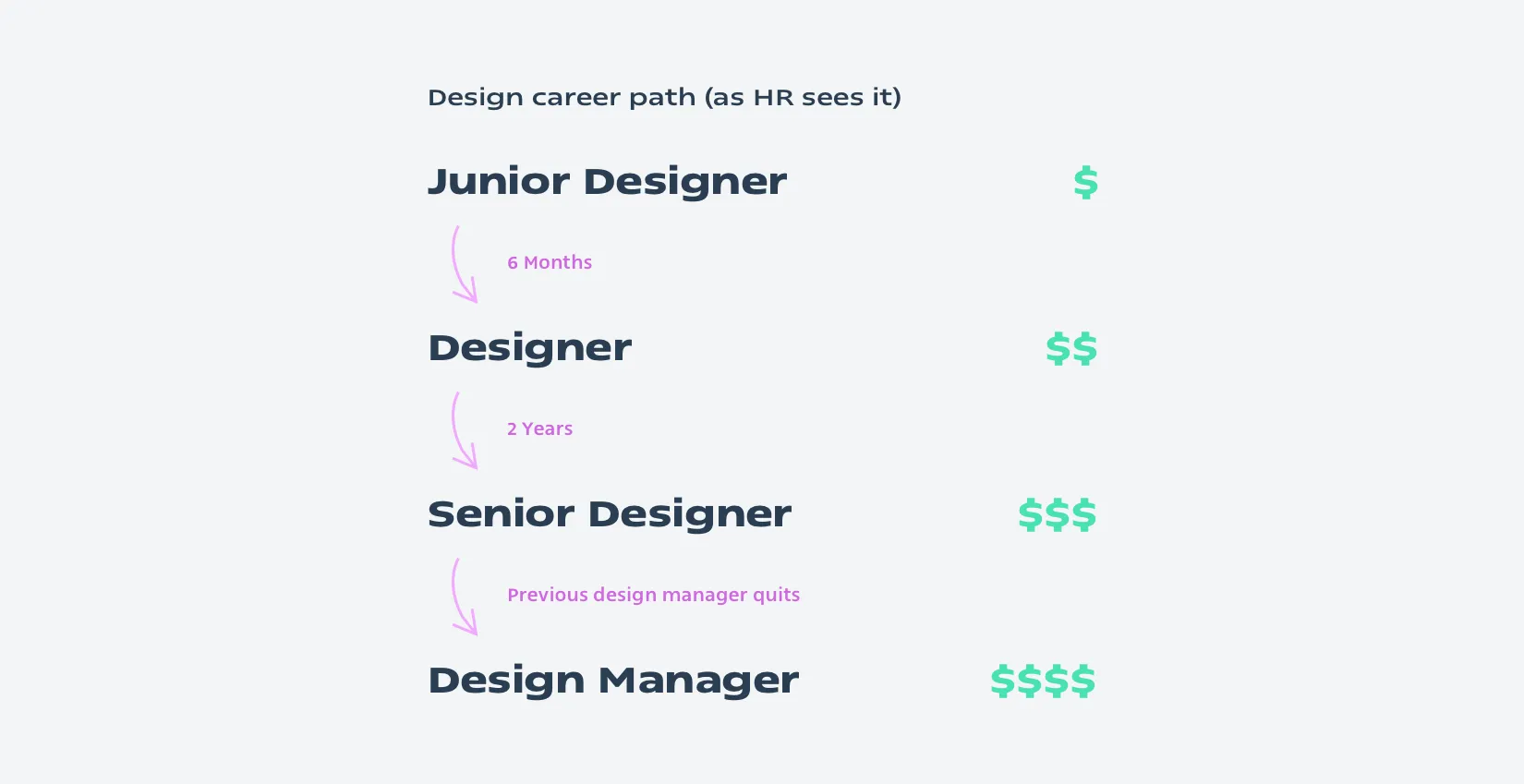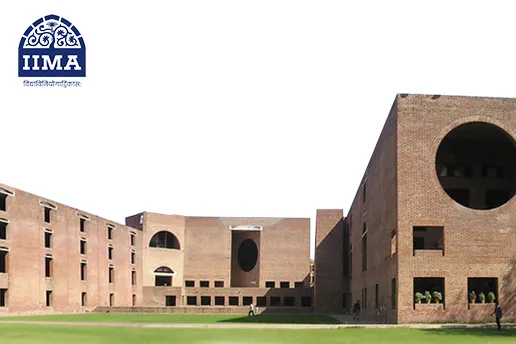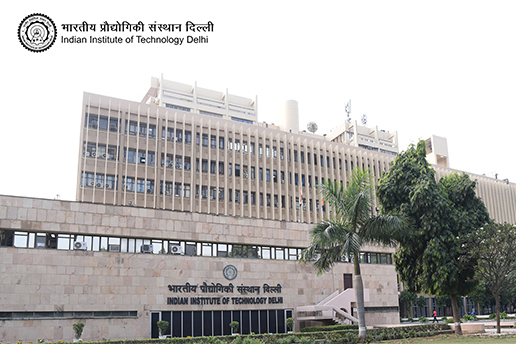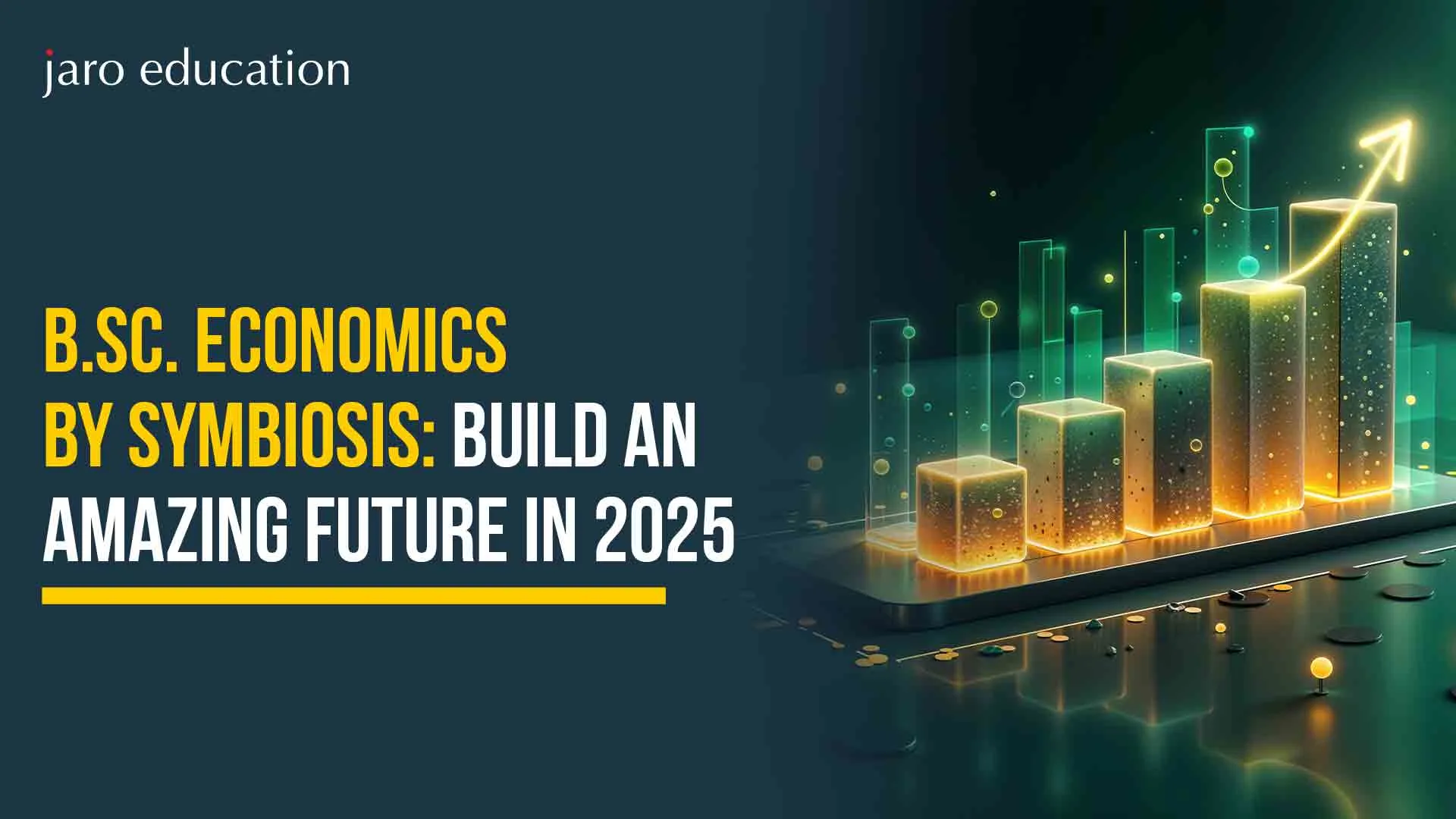Become a High-Paying Product Designer Today!
Table of Contents

“To understand design, you need to get beyond the basic schedule and understand what happens at each phase—research, concept development, and how engineering maintains design. It’s about building bridges between different cultures and organisations. ”
— Robert Brunner, Chief Designer at Beats by Dr. Dre, on The Product Podcast
Have you ever thought about who the real hero is behind creating an outstanding product? It’s the designer, specifically the product designer. They are responsible not only for bringing a product to life but also for envisioning and crafting the user experience.
But wait, before we move into “What does a product designer do, and what about their pay?”, let’s clarify what product design actually is.
Product design is the process of creating a physical or digital product. In the past, product design was primarily associated with tangible items like electronics and furniture. However, in today’s digital world, it also encompasses mobile applications and software. Product designers oversee the entire design process from start to finish.
If you’re convinced that this field could be your path to career transformation, you’re in the right place. We’ll provide you with key details about product design, including salary expectations, the skills required to become a product designer, and, of course, our secret sauce for becoming a professional in this field. This blog will focus on real results. Keep reading to learn more!
Product Designer Salary
In India, the average product designer salary is about INR 11,00,000 per year. This average salary comprises base pay and additional compensation that are based on an individual’s performance. Also, salaries may vary according to experience, city, company, and knowledge. Now let’s have a look at product designer salaries in 2025 based on their experience, location, and top companies providing great opportunities.
Popular Companies for Product Designers in India
| Company Name | Avg. annual salary |
|---|---|
| ACKO | ₹15.7 L/yr - ₹28 L/yr |
| Freelancer.com | ₹4 L/yr - ₹11.6 L/yr |
| Flipkart | ₹7.4 L/yr - ₹26 L/yr |
| Swiggy | ₹5.5 L/yr - ₹20 L/yr |
| ₹14.9 L/yr - ₹41.4 L/yr | |
| Zoho | ₹4.4 L/yr - ₹15 L/yr |
| Tekion | ₹11 L/yr - ₹36 L/yr |
| Sketch Brahma Technologies | ₹3.5 L/yr - ₹11.8 L/yr |
| CARS24 | ₹8.4 L/yr - ₹26 L/yr |
| TCS | ₹3.8 L/yr - ₹13 L/yr |
Product Designer salaries in India based on Experience
| Experience | Average Salary |
|---|---|
| 1 year | ₹3 L/yr - ₹18 L/yr |
| 2 years | ₹3.2 L/yr - ₹20 L/yr |
| 3 years | ₹4 L/yr - ₹25.5 L/yr |
| 4 years | ₹4 L/yr - ₹30 L/yr |
| 5 years | ₹4.2 L/yr - ₹32 L/yr |
| 6 years | ₹4.2 L/yr - ₹34 L/yr |
| 7 years | ₹5.3 L/yr - ₹40 L/yr |
| 8 years | ₹9 L/yr - ₹10.5 L/yr |
| 9 years | ₹20 L/yr - ₹44.3 L/yr |
Source: Glassdoor
Product Designer Salary by Location
| Location | Average Salary |
|---|---|
| Bangalore / Bengaluru | ₹4 L/yr - ₹27.1 L/yr |
| Gurgaon / Gurugram | ₹4 L/yr - ₹25 L/yr |
| New Delhi | ₹3.3 L/yr - ₹22 L/yr |
| Mumbai | ₹3.5 L/yr - ₹24 L/yr |
| Chennai | ₹3 L/yr - ₹16.5 L/yr |
| Hyderabad / Secunderabad | ₹3.6 L/yr - ₹20 L/yr |
| Pune | ₹3.2 L/yr - ₹21 L/yr |
| Noida | ₹3.5 L/yr - ₹21.4 L/yr |
| Jaipur | ₹3.1 L/yr - ₹12 L/yr |
| Ahmedabad | ₹3 L/yr - ₹14.1 L/yr |
Required Skills Of a Product Designer

*chisellabs.com
For the role of product design, the mantra “No skills, no success” rings true. Companies prioritise hiring product designers who possess a well-rounded skill set, comprising both soft and technical abilities. Here is a detailed overview of all the required product designer skills and qualifications. Let’s get them one by one:
1. Designing Software Knowledge
A product designer’s major role is to design by using their knowledge of typography, design elements, A/B testing, and many more. They can only excel if they have the right software skills in industry-standard design software. These tools not only help in creating and editing designs but also facilitate seamless collaboration with team members and streamline the prototyping process.
Some of the most popular tools are:
- Adobe Photoshop: A versatile tool for photo editing and graphic design, widely used for creating and manipulating images.
- Illustrator: A vector graphics editor ideal for creating logos, icons, and scalable illustrations.
- Sketch: A design tool focused on user interface and experience, popular for its ease of use in web and mobile design.
- InVision: A prototyping tool that allows designers to create interactive mockups and gather feedback from stakeholders.
2. Problem-Solving Skills
Product designers’ skills often deal with difficult challenges that require inventive solutions. In order to excel in this dynamic environment, problem-solving skills are paramount. Problem-solving skills enable product designers to assess problems critically, develop inventive ideas, and turn barriers to success into opportunities for innovation. With a problem-solving attitude at work, product designers develop their designs and contribute to the success of their projects by ensuring they meet user needs and support more competitive opportunities.
3. Collaboration Skills
Product designers often work in multidisciplinary teams, and therefore, collaboration skills are vital for success. Collaboration means being able to communicate effectively, have a conversation not just about design, but about perspectives that inform the design process. Successful designers develop a design without having complete confidence, they are able to embrace constructive feedback and incorporate shifts in their design as the project progresses.
The co-creation process is valuable not just because it invites people to be creative together, but because ultimately the final product is a reflection of the project based on the collective vision and needs that the designers intend to meet. When designers work and think together, it ultimately can lead to increasing design quality overall.
4. Understanding of Design Principles
A strong understanding of design principles, including colour theory, typography, layout, and branding, is vital for product designers. Mastering these elements lays the foundation for informed design decisions, ensuring that every aspect of a project is visually appealing and effectively communicates the intended message, ultimately enhancing user experience.
Career Path in Product Design

*uxdesign.cc
Here’s a typical career prospects for a product designer, from junior roles to senior leadership positions:
| Career Level | Role Description |
|---|---|
| Junior Product Designer | Assists senior designers, creates basic design components, and supports user research. Focus on learning design tools, building a strong portfolio, and seeking feedback to improve skills. |
| Product Designer | Designs product interfaces, conducts usability tests, and collaborates with cross-functional teams. Takes on complex projects and begins leading smaller design initiatives. |
| Senior Product Designer | Leads major design projects, mentors junior designers, and contributes to strategic design decisions. Enhances leadership skills and builds strong relationships with product managers. |
| Lead Product Designer | Oversees the design team, ensures design consistency, and aligns design goals with business objectives. Develops project management skills and drives team innovation. |
| Product Design Manager | Manages the design team, coordinates projects, and ensures alignment with business goals. Enhances leadership skills and focuses on optimising team performance and design processes. |
| Senior Product Design Manager | Manages larger design teams, oversees multiple projects, and influences company-wide design strategy. They also provide product design and development that meet the requirements before the deadline. |
| Director of Product Design | Sets the overall design direction, collaborates with executives, and ensures alignment with the company’s mission. Focuses on strategic leadership and drives design innovation. |
| VP of Product Design | Responsible for the entire design organisation, driving design excellence and contributing to business strategy. Strengthens executive leadership skills and fosters a culture of creativity. |
| Chief Design Officer (CDO) | Top-level executive overseeing all design aspects, ensuring a cohesive design strategy across products. Focuses on visionary leadership and champions design as a core business value. |
How To Become A Product Designer: 4 Easy Steps
Product designers often have many responsibilities, which means you can pursue a career in this field through several paths. Here are a few ways to get started.
Step 1: Gain Relevant Skills
The core component of any product designer is to understand user pain points and how to innovate a product that can attract consumers. So, to achieve this, command of technical skills, including wireframing, prototyping, researching and testing product features, is crucial.
Step 2: Take Online Courses
When you have the command of the skills you need, you can start taking some online courses to deepen your knowledge. Sites like Jaro Education have many courses with topics of interest like user experience (UX) design, interaction design, and design thinking. One such programme is the Executive Programme in Product Innovation & Design Thinking for Business Growth offered by CEP, IIT Delhi.
Enrolling in this programme can help professionals to gain the necessary skills and knowledge to create innovative products. You also get a chance to learn through lectures, hands-on activities and case studies with a diverse group of professors and experienced IIT Delhi professionals. The contemporary and holistic curriculum covers topics like Product Management, Product Design, Innovative Thinking, Strategy, Product Growth, and Entrepreneurship, helping you stay current with the latest trends and apply them to your business.
Programme Highlights
- Holistic Curriculum— a blend of case studies, projects, etc.
- Contemporary, comprehensive, and holistic programme
- Live classes & mentorship from IIT Delhi Professors, Founders & Industry Experts
- Flexibility in learning: online classes on weekends or after business hours
- 3 days of intensive campus immersion modules
- Pedagogy includes case discussions, solving real-time business problems, etc.
- Certificate of Successful Completion from CEP, IIT Delhi
Step 3: Build Your Portfolio
A strong portfolio is your calling card in the design world. Start adding your best work to showcase your skills and design process. You can also include a variety of projects that reflect your ability to solve problems creatively. Highlight your thought process, from initial sketches to final prototypes, and explain the rationale behind your design decisions. A well-organised portfolio not only demonstrates your creativity but also illustrates your capability to potential employers
Step 4: Explore Job Markets
It’s time to look for jobs! You want to go online and find companies that show your values and interests. You can find remote internships, entry-level jobs, and freelance positions where you can practice your skills. Remember to network! Follow other designers on LinkedIn or go to a design event to create professional connections. Being a part of the design community is very informative and can lead to more advanced opportunities.
Take Your Online Course with Jaro Education
If you’re ready to register for an online certification course, Jaro Education is the right platform to begin with. As India’s leading online higher education and upskilling company, we collaborate with renowned institutions to bring industry-standard courses for aspirants.
Whether you’re interested in management online degree courses or product design certification programs, visit our website to explore our offerings. Additionally, beyond our online education platform, we provide academic guidance and career counselling to learners, helping them with “success ki taiyari”.
Conclusion
Now you must have understood that a career in product design is filled with opportunities and growth, especially when the demand for this skilled professional continues to rise. So, by focusing on upgrading your skills through the right online courses, you can definitely increase your earning potential and job prospects.
Are you ready to learn more about product design? Consider enrolling in the Executive Programme in Product Innovation & Design Thinking for Business Growth offered by IIT Delhi through Jaro Education. This programme can help you gain a comprehensive understanding of design principles and prepare for real-world challenges.
Frequently Asked Questions
Is Product Design a High-Paying Job?
Yes, product design can be a high-paying career, especially in India. As you gain more experience, you can expect to earn between ₹9,00,000 and ₹20,00,000 per year, with the potential for even higher salaries.
Is Product Design the Same as UX Design?
Product design includes UX design, but it covers more areas. While UX design focuses on how users interact with a product, product design looks at the overall appearance, feel, and functionality. This means product design also involves aspects like UI design and product strategy.
Does Product Design Require Coding?
Coding isn’t a main requirement for product designers, but knowing the basics can be helpful. Understanding HTML, CSS, and JavaScript can improve communication with developers and help you create designs that are more practical and efficient.
Can I Be a Product Designer Without a Degree?
Absolutely! Many successful product designers don’t have formal degrees. They often learn through self-study, online courses from Jaro Education, boot camps, and hands-on experience. A strong portfolio showcasing your design skills and creativity is often more valuable than a degree in this field.


















